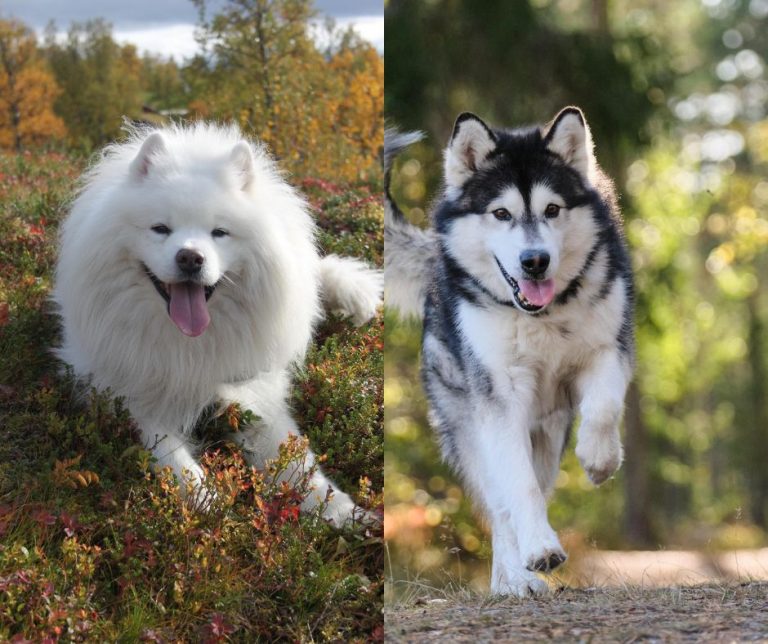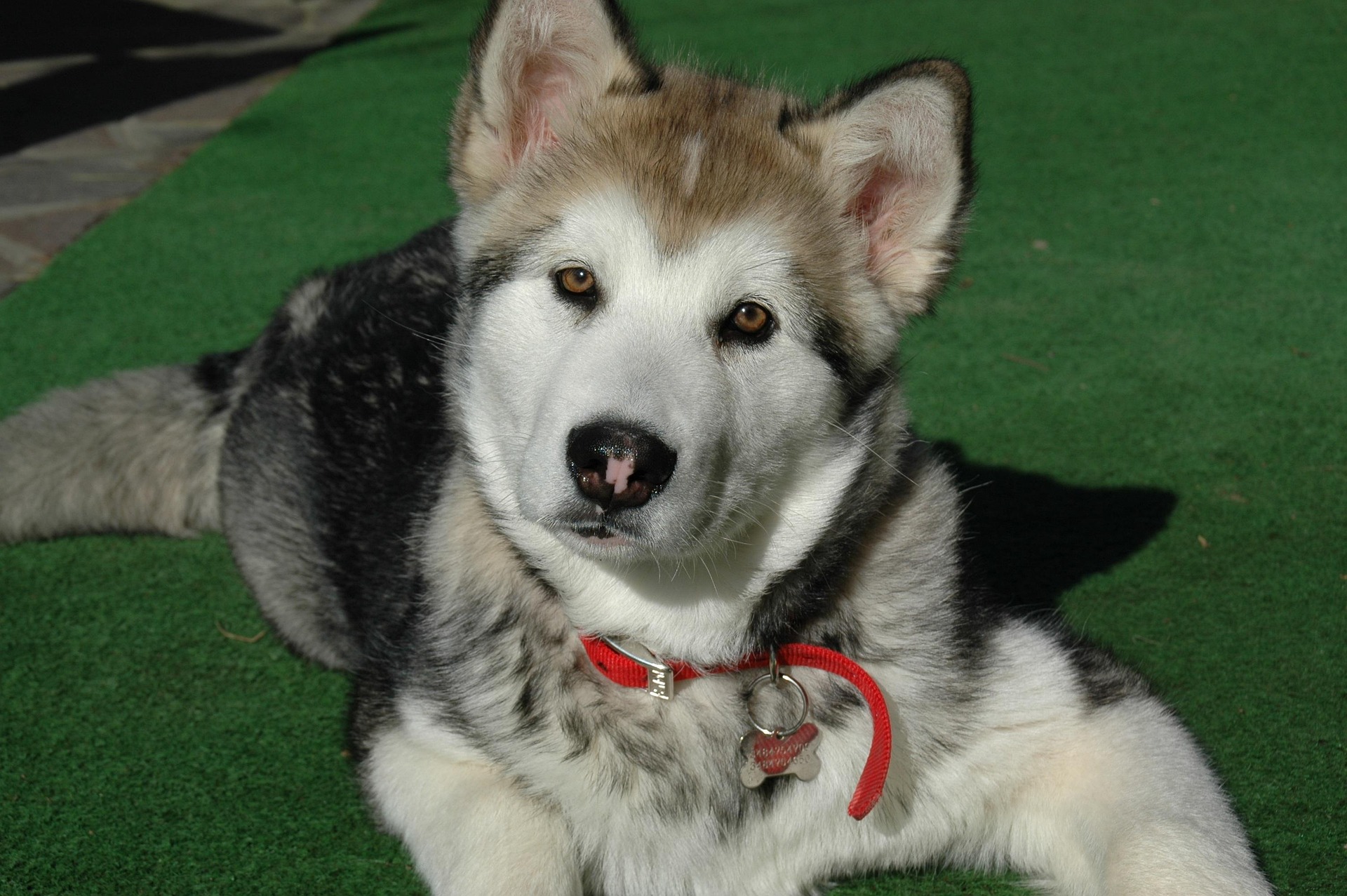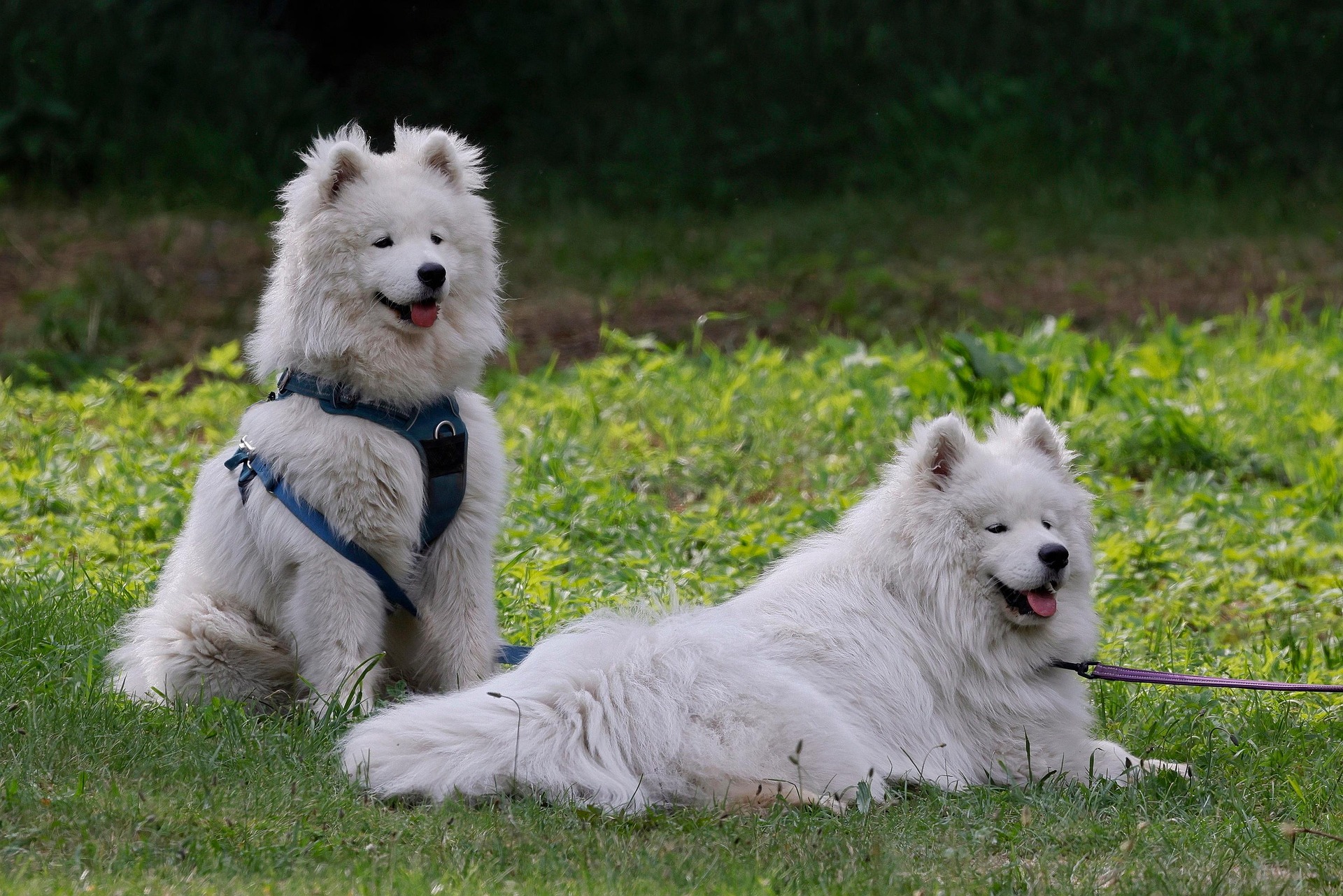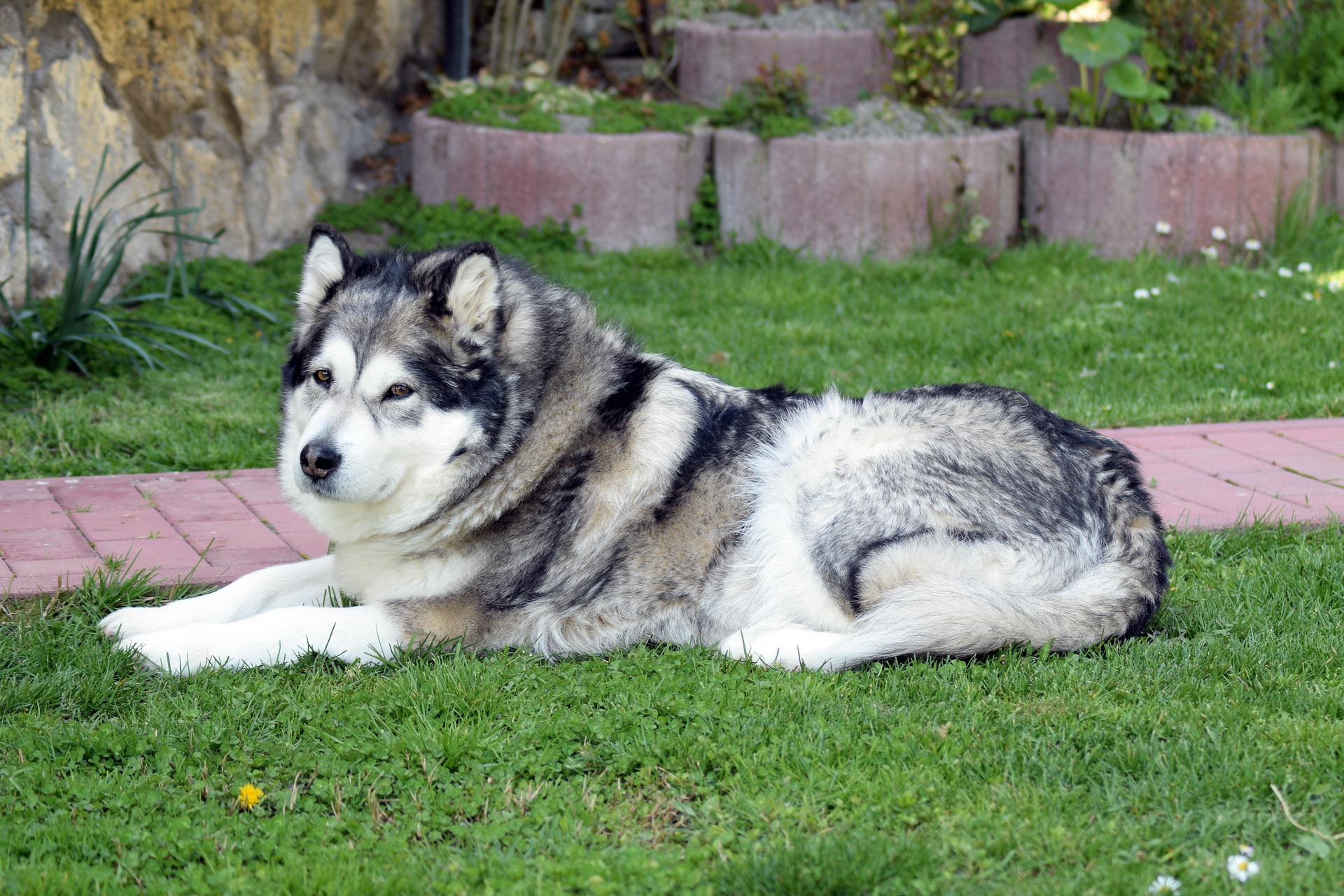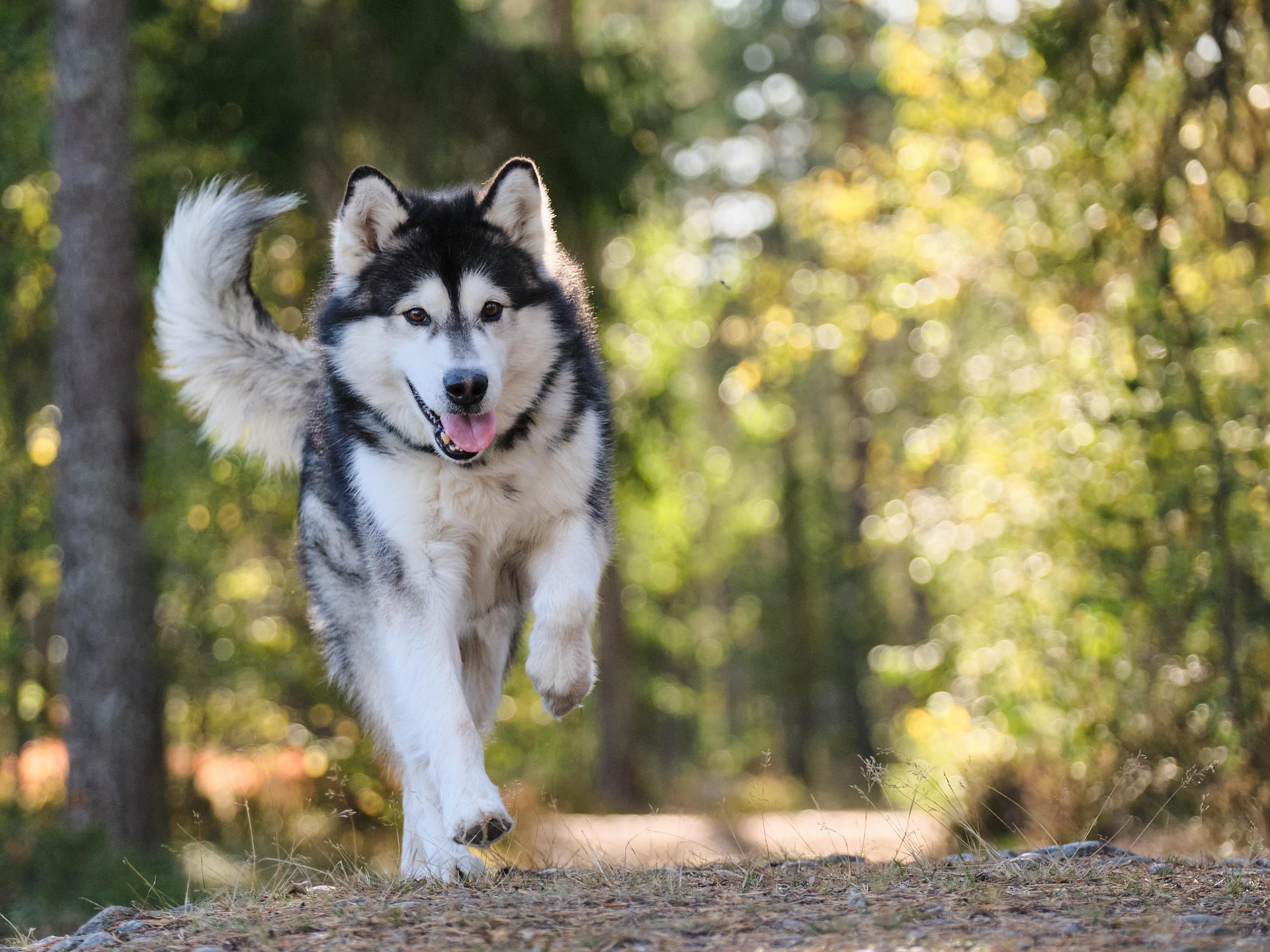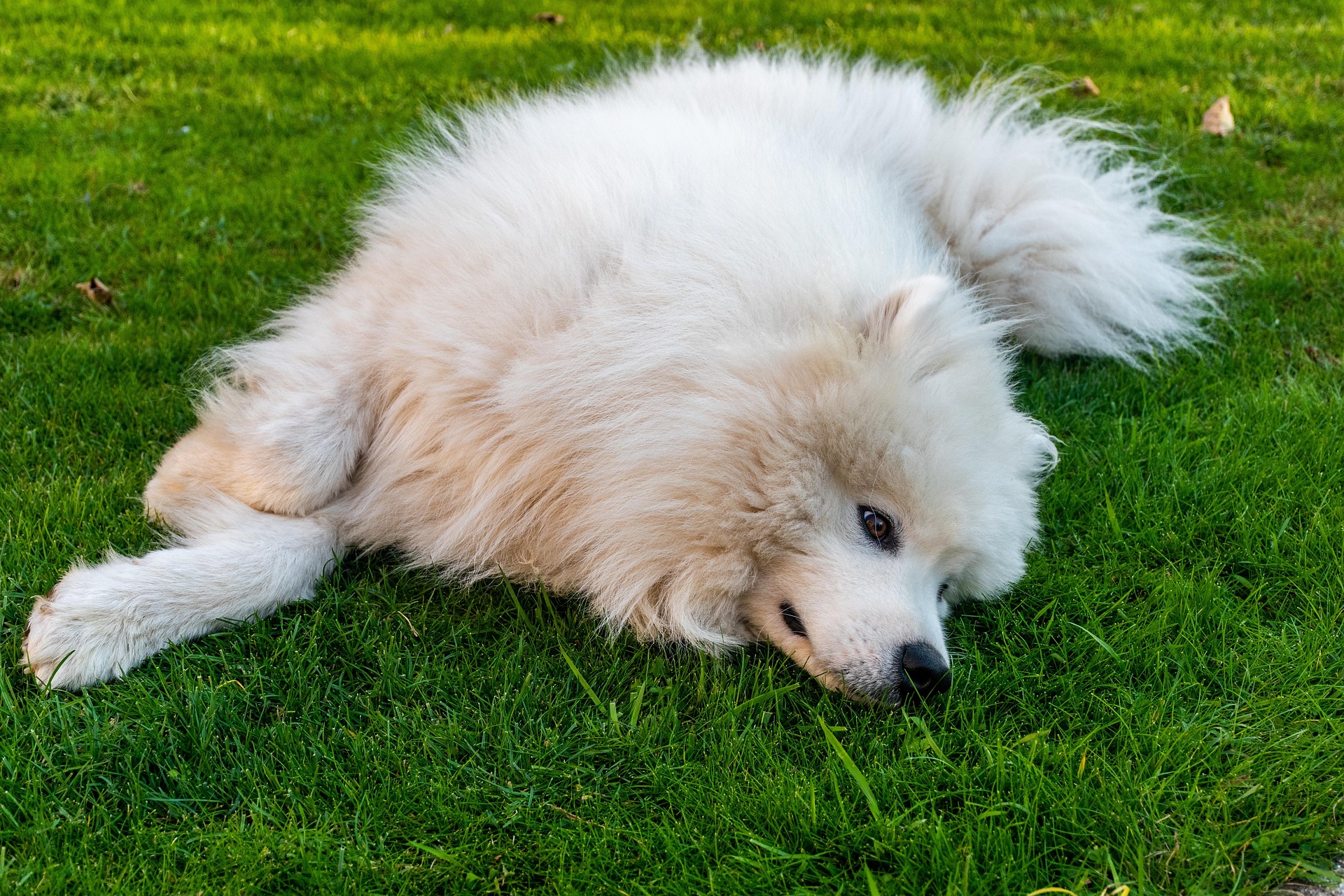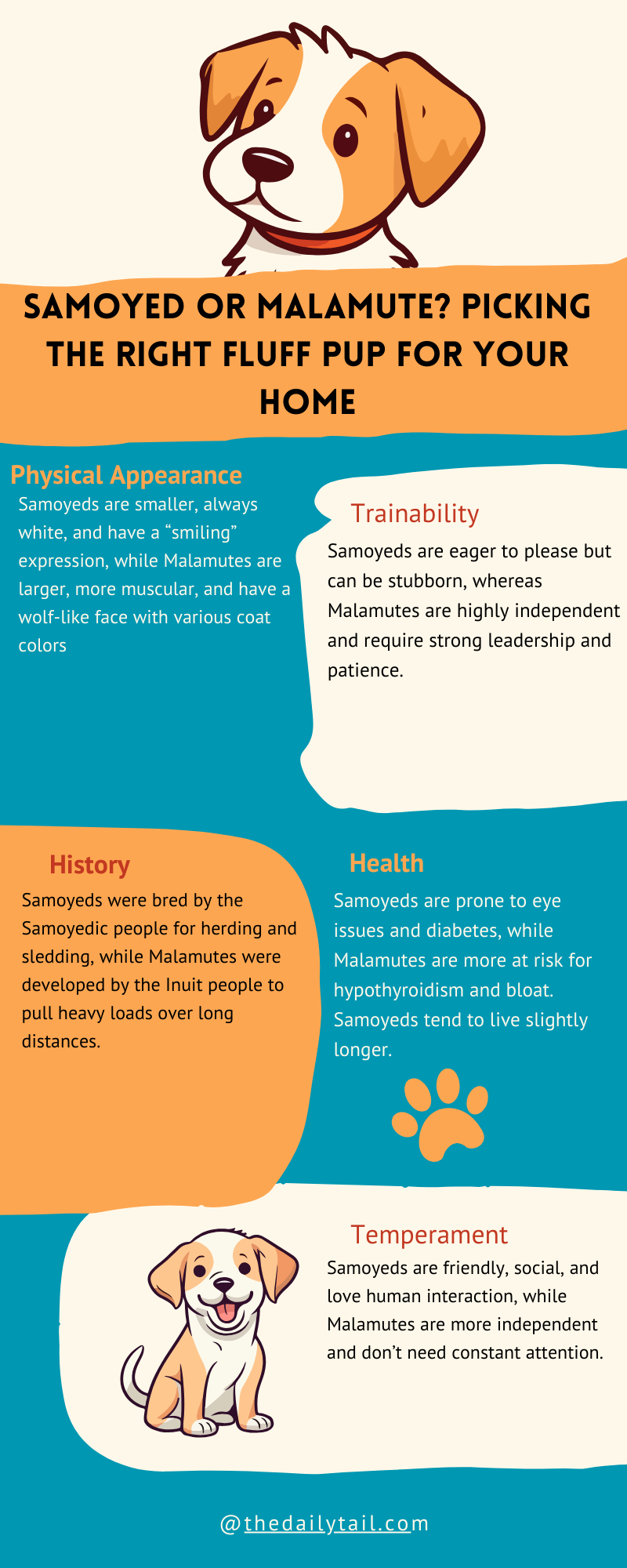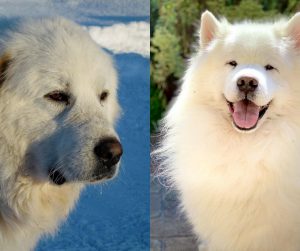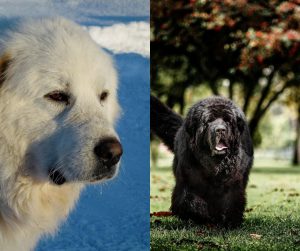If you love big, fluffy dogs, you’ve probably looked at Samoyeds and Alaskan Malamutes and thought, “How do I choose?” Both are beautiful. Both are strong. Both will turn heads at the dog park. But if you bring one home without knowing what you’re in for, you might be in for a shock. As someone who has owned many different breeds, I know firsthand that picking the wrong dog for your lifestyle can lead to frustration for both of you.
If you’ve ever seen a Samoyed or an Alaskan Malamute, you probably had the same reaction I did—“Wow, that’s a lot of fur.” As a dog owner who has lived with everything from tiny lap dogs to big working breeds, I know that picking the right dog isn’t just about looks. It’s about personality, lifestyle, and, let’s be honest, how much hair you’re willing to find on your couch.
Meet the Breeds
Samoyed: The Friendly Fluffball
Samoyeds are known for their permanent smiles and their friendly, outgoing nature. Originally bred by the Samoyedic people of Siberia, they were used for herding reindeer, pulling sleds, and even keeping their owners warm at night. These dogs love people and expect to be part of the family. If you’re looking for a dog that’s always happy to see you, a Samoyed might be the one.
Alaskan Malamute: The Strong, Independent Worker
Alaskan Malamutes were bred for endurance. Unlike the Samoyed, which was used for lighter sledding and herding, Malamutes were built to haul heavy loads over long distances. These dogs are strong, independent, and not always eager to please. They’re loyal to their family but have a stubborn streak that can make training an interesting challenge.
Looks: Big, Fluffy, and Built for Cold
Both breeds have thick, double-layered coats that keep them warm in freezing temperatures. But there are some key differences:
- Size: Malamutes are bigger and more muscular, typically weighing between 75-100 lbs. Samoyeds are slightly smaller, usually between 50-65 lbs.
- Coat Color: Samoyeds are always white or cream, while Malamutes come in a mix of colors, including black, gray, and red with white markings.
- Face: Samoyeds have a “smiling” expression, while Malamutes have a more wolf-like look with a defined mask.
Samoyed vs Malamute Personality: Social vs. Independent
If you want a dog that’s always ready to play, loves people, and follows you around the house, a Samoyed is a better fit. These dogs thrive on attention and can develop separation anxiety if left alone for too long.
Malamutes, on the other hand, are more independent. They’re still affectionate, but they don’t need constant human interaction. If you like the idea of a dog that loves you but doesn’t demand attention every second of the day, a Malamute might be a better choice.
Energy Levels and Exercise Needs
Both breeds need a lot of exercise, but in different ways:
- Samoyeds are playful and energetic but don’t have the same endurance as Malamutes. They love running around but will be just as happy playing in the backyard or going for a long walk.
- Malamutes need serious physical activity. A simple walk won’t cut it. They were bred to pull heavy loads, so they need a job to do. Without enough exercise, they can become destructive.
Samoyed vs Malamute Training: Eager to Please vs. Stubborn
If you’ve trained different dog breeds before, you know that some dogs are easier to work with than others.
- Samoyeds are smart and eager to please, but they can be stubborn. They respond best to positive reinforcement and consistency.
- Malamutes are even more stubborn. They’re intelligent but independent, meaning they will only listen if they respect you. Training a Malamute requires patience and a strong leadership presence.
Living Situation: Which One Fits Your Home?
Neither of these dogs is ideal for small apartments unless you’re extremely committed to exercise. However, Samoyeds are slightly more adaptable. They can adjust to apartment life if they get enough daily exercise and mental stimulation.
Malamutes, on the other hand, do best in homes with large yards. They have a strong prey drive and are not always good with small animals like cats or rabbits.
Grooming: How Much Fur Can You Handle?
Both breeds shed—a lot. If you don’t like the idea of dog hair on your clothes, furniture, and probably in your food, neither of these dogs is for you.
- Samoyeds shed heavily year-round and “blow” their coats twice a year, meaning they lose massive amounts of fur in one go.
- Malamutes also shed heavily but tend to have a bigger seasonal blowout.
Regular brushing is essential for both breeds to prevent matting and reduce shedding. If you don’t want to spend hours brushing or vacuuming, be prepared to hire a groomer or invest in some serious lint rollers.
Health and Lifespan
Both breeds are generally healthy but come with some breed-specific concerns:
- Samoyeds are prone to hip dysplasia, eye issues, and diabetes.
- Malamutes can suffer from hip dysplasia, hypothyroidism, and bloat.
Samoyeds typically live longer (12-14 years) compared to Malamutes (10-12 years).
Which One is Right for You?
So, should you get a Samoyed or a Malamute? It depends on what you’re looking for in a dog.
- Get a Samoyed if you want a friendly, playful dog that loves attention and is easier to train.
- Get a Malamute if you want a strong, independent dog that needs a lot of exercise and thrives with an experienced owner.
Both breeds are wonderful, but they require commitment. If you’re not ready for daily brushing, lots of exercise, and a little bit of stubbornness, you might want to consider a different breed. But if you’re up for the challenge, either one of these dogs will bring a lot of joy—and a lot of fur—into your life.

